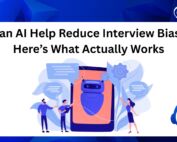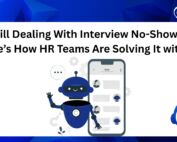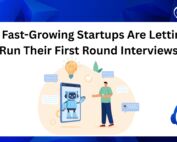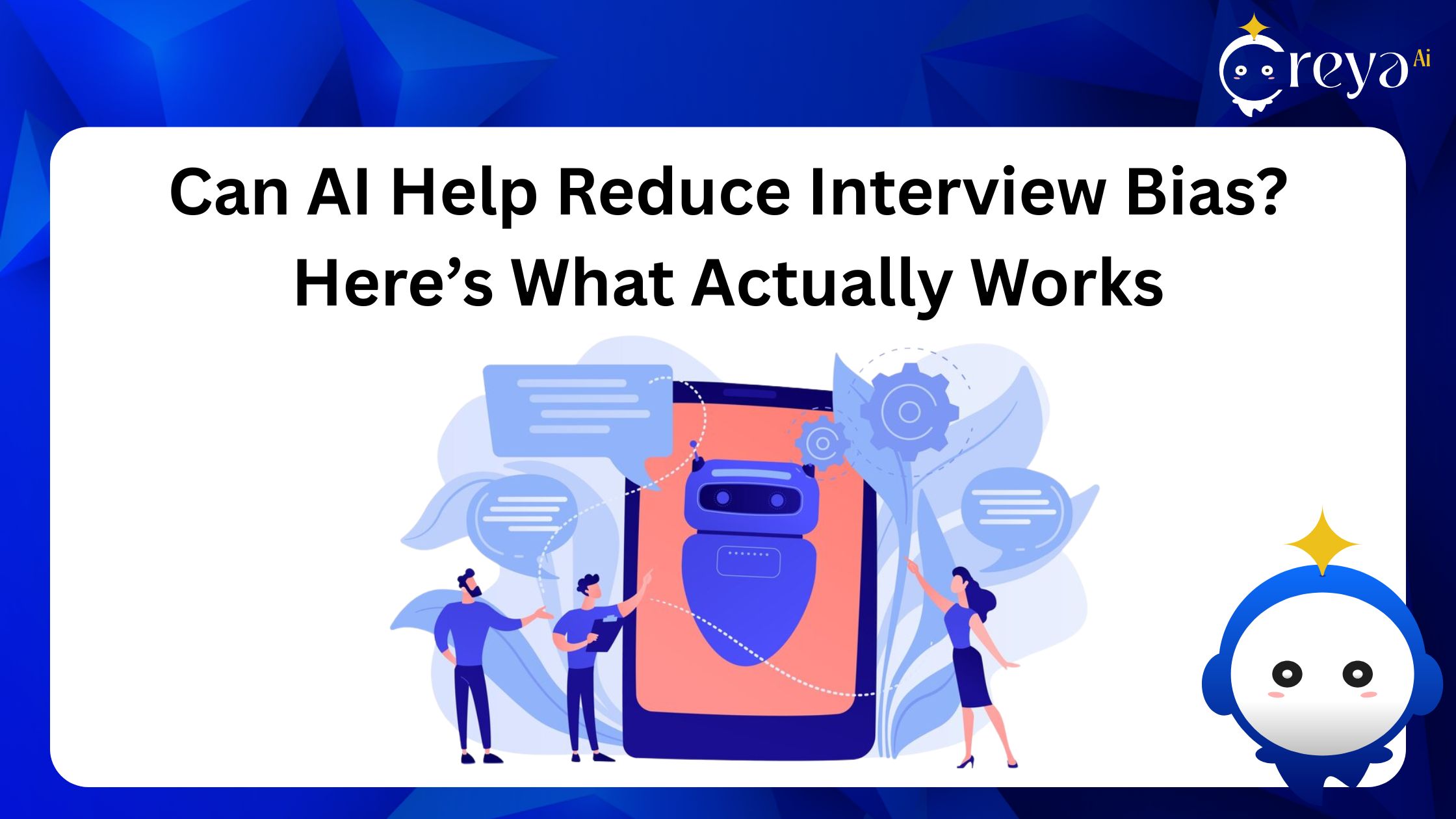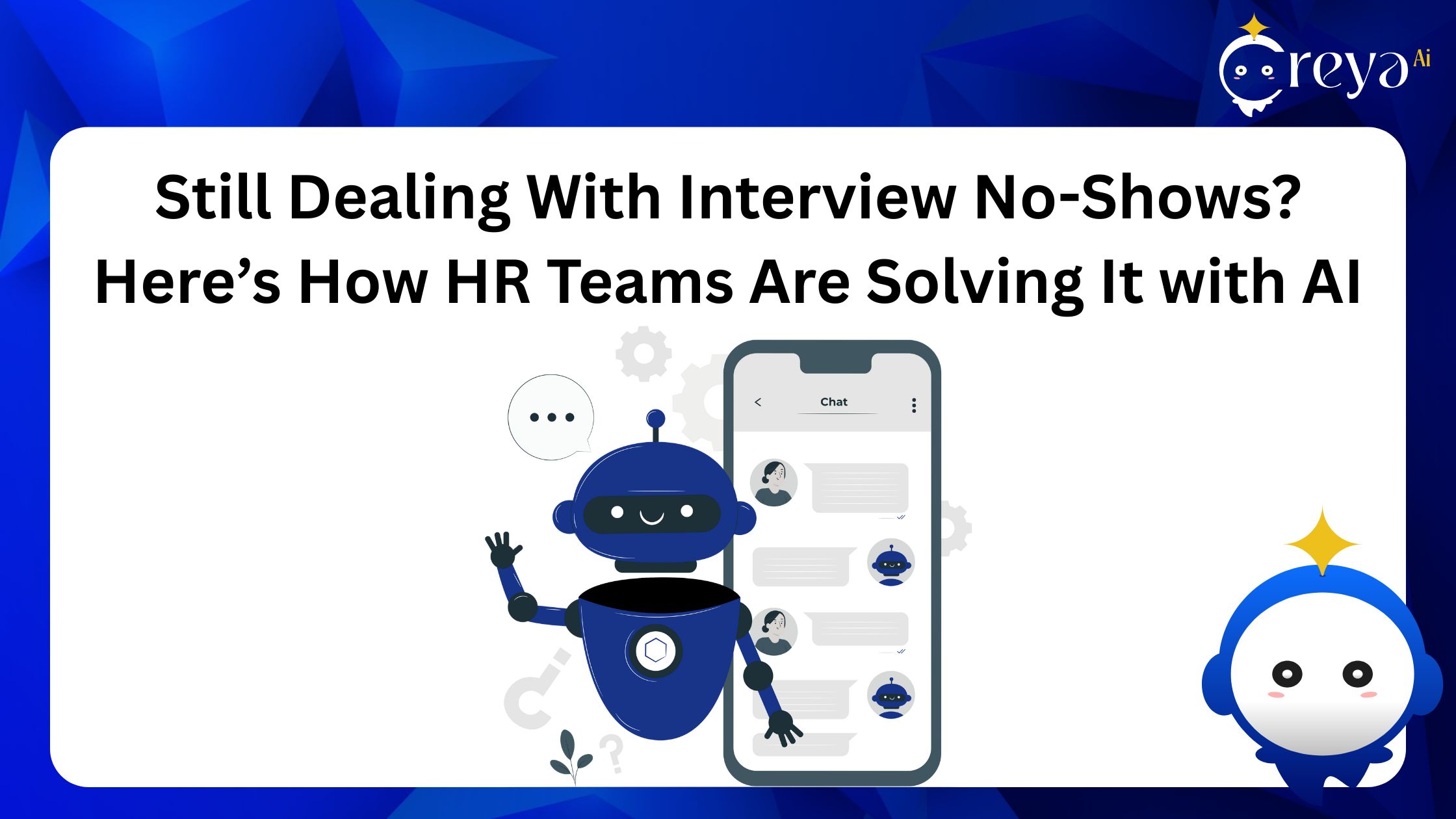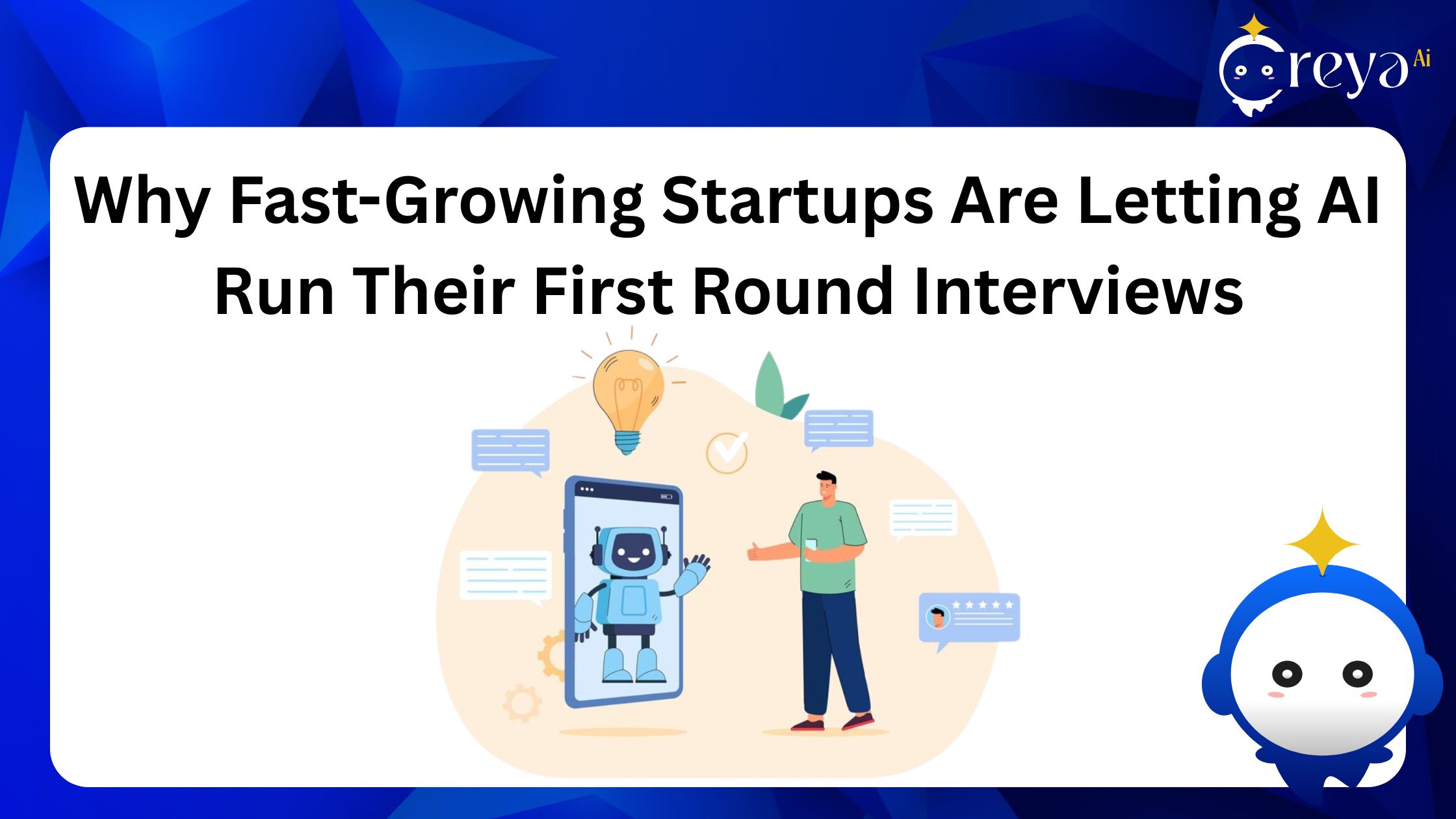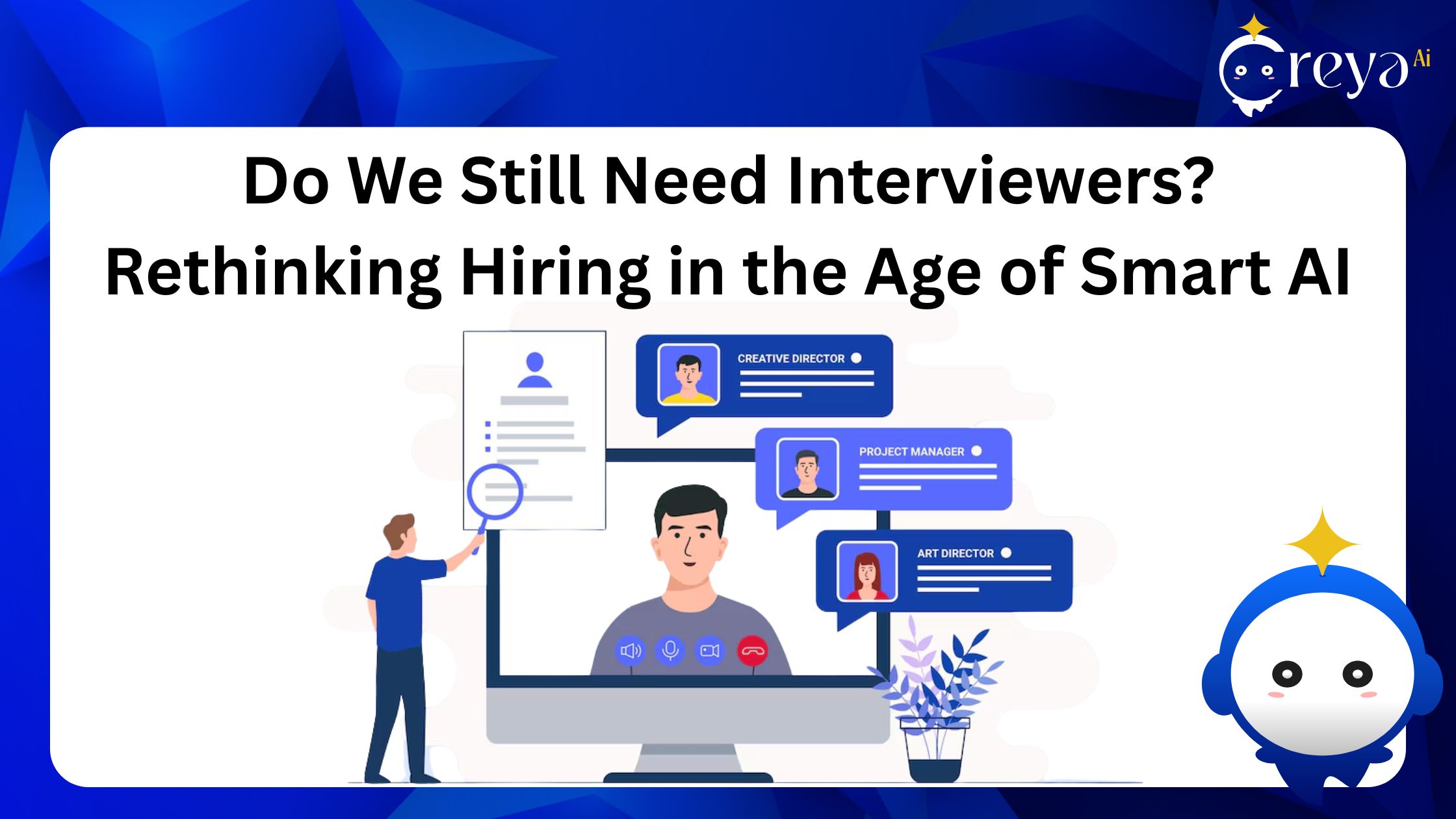Introduction
Hiring the right tech-guerilla can be just a quantum tough. Normal interviews take quite a bit of time, and their fairness is sometimes questionable at best. Many companies arm up and turn to automated interview tools just to get the hiring done with speed, fairness, and efficiency promises. But most importantly, do they live up to their license? Whether they are worth putting all the weight on? This article will explore the advantages, challenges, and practical hints on using these tools for tech hiring.
The Rise of Automated Interview Tools in Tech Recruitment
Market Growth and Adoption Rates
Automated Interview Tools are roaring high. Almost every tech company adopts them because of the huge influx of applications. This market, like many others, is expected to mushroom considerably in the next few years. Start-ups and even giants are all on the stumped course of tracking their potential best talent with the help of AI-powered tools.
Key Players and Technologies
Among the largest players are HireVue, Codility, and Talview. These platforms use artificial intelligence, machine learning, and video analysis. By using an analysis of speech, facial expressions, and coding abilities, AI will evaluate the candidates beyond their resumes. This technology aims to include objectivity and uniformity into hiring.
Reasons for Their Popularity
A large part of the appeal of any automated tool is efficiency. It saves time and cuts costs. Automated interviewers can manage hundreds of candidates at once. The real magic comes in diversity, as automated tools reduce a great amount of human bias early in screening. They also help companies identify strong candidates faster, thus giving them a competitive edge.
Advantages of Automated Interview Tools for Tech Hiring
Streamlining the Recruitment Process
Automation saves much of the time added on lengthy hiring cycles. It automates posting the vacancy, interviews booking, and applicants screening. Consequently, human resources teams can spend their valuable time on more strategic activities. All these result in faster candidate identification and shorter time-to-hire.
Improving Candidate Assessment
Every candidate is assessed uniformly through standardized platforms. Coding test grading and behavioral questions are standardized. AI video analysis distinguishes things such as confidence or enthusiasm, reducing bias by making everything more fair and consistent.
Enhances Candidate Experience
Automation tends to guarantee fast feedback for candidates. Notifications usually spread automatically in these platforms, keeping even the candidate busy. They can provide even some interactive video replies to make the process irresistible. Speed and engagement will position your company with a better image.
Data Based Decisions
Artificial Intelligence provides decision support for the hiring manager. Collections of scores, analytics, and candidate profiles are very effective for pointing out the most qualified applicant data. Companies that depend on effective data usually find high-performers in their talent searches. Automated tools have proven many success stories to improve the overall hiring quality.
Limitations and Challenges of Automated Interview Tools
Allegations of Bias and Fairness
Just like anything else, AI is not perfect. Algorithms can be biased if the training data sets are biased. Some of the tools used have demonstrated biased results, such as preference for accents or backgrounds. Regular checks are supposed to be done to ensure that assessments are fair and unbiased.
Limitations of Measuring Soft Skills
Soft skills have become very important to any job in technology, though hard to measure by an automated tool, skills like teamwork and adaptability. These traits can be judged best by one person conversing with another. Basing assumptions solely on AI might miss out some vital attributes.
Technical Problems and Accessibility
Not all candidates have equal access. Some are affected by poor internet connections over less familiar platforms. Technical intervening problems during interviews might also score applicants unfairly. All these problems may present obstacles to many applicants.
Over-Reliance and Losing Touch with Humanity
Hiring tends to get colder with the growing trend of automation. Candidates tend to miss such face-to-face interactions and be skeptical about how things were done. The human touch in judgment adds empathy and spatial insight that cannot be replicated or substituted by AI. Over-reliance on technology will likely alienate a good candidate.
How to Integrate Automated Tools in the Recruitment Process Effectively
Select Tools Wisely
Select the right platforms. Choose those proven fair, easy to use, and solid with analytics. Put a few tools through their paces and seek the input of your team to come to a decision.
Mix up the Automation and Human Judgement
Implement AI for the first round of screenings and follow it up with human interviews for assessing soft skills and cultural fit. This mixture provides a balanced fair approach. At the end of automation, structured interviews help you nail down your selections.
Ensuring Fairness while Minimizing Bias
Regular audit of AI for bias. Train on different data, and keep opaque as to how assessment works. This will create a more trustworthy and fair hiring process.
Implementation Tip of Action for Employees
Start Small. Develop proof-of-concept programs that will demonstrate to users how well the tools integrate into day-to-day work processes. Training is required for hiring teams on interpreting AI results. Processes will improve continuously through feedback received from candidates and interviewers.
Known Examples and Expert Opinion in Actual Practices
Best Practices
For instance, a big software company reports a 30% reduction in hiring time after applying automation. It also included some very diverse candidates getting to the last rounds of hiring.
Lessons Learned
For some organizations, there were problems due to biased scoring and technical glitches. The lesson learned here: Always mix AI with human oversight. Regular reviews prevent minor problems from escalating into major crises.
Expert Quotes and Recommendations
According to HR tech specialists, “Automation proves to be a great tool, not a replacement for one human judgment. They advocate utilizing automation in line with a supportive assistant rather than solely decision makers.” Transparency and fairness would propel the endeavor toward success.
Conclusion
There is a chance for automated interview tools to bring huge benefits to tech hiring by saving time, reducing bias, and improving candidate evaluation. Those are, however, perfect but have limitations. Their limitations entail the need for complementing, not replacing, human judgment. Used considerately, these tools will facilitate efficient and fair hiring, but balancing technology with personal touch is what will make it enter into the fairness at each stage. These tools should be slow baked with time to select the right ones and be regularly reviewed during the process. This is how automation will be a great partner in building your tech team.


